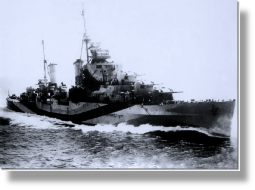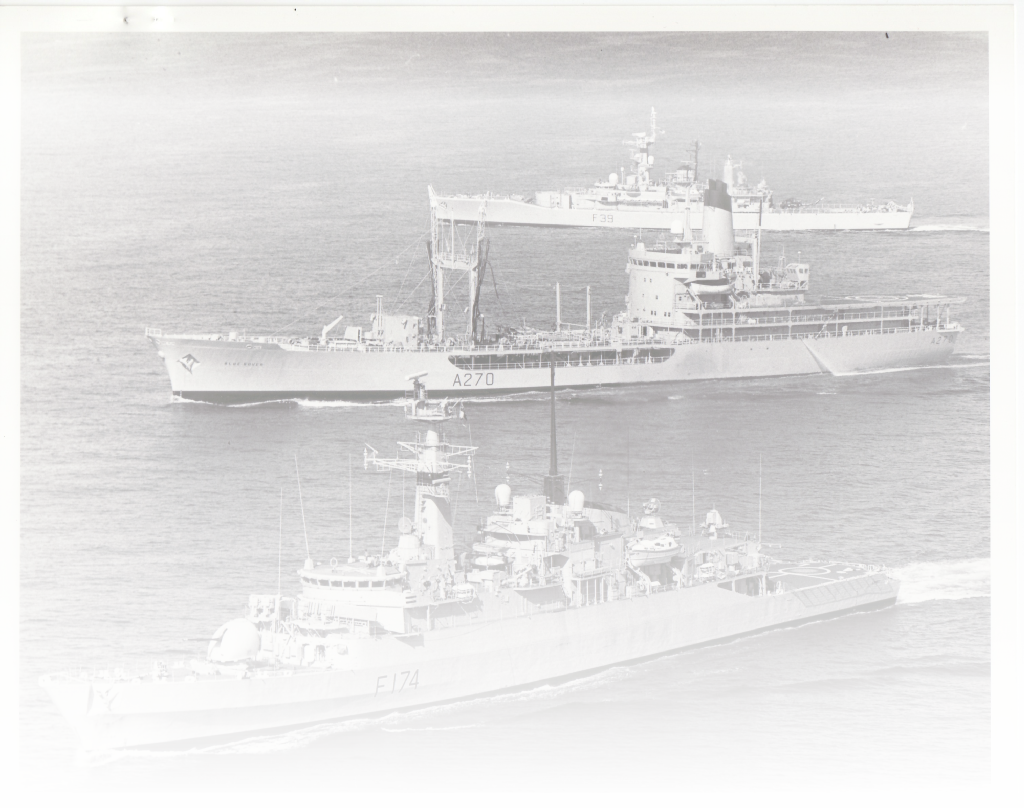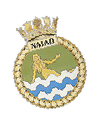|
C93 Dido Class Cruiser | 1939-1942

Crete, Mediterranean & The Malta Convoys (1941-42)
5,450 ton, Dido class light anti-aircraft (AA) cruiser, launched in 1939. Her armaments included ten 5.25 guns, six 21" torpedo tubes and sixteen other guns. She is recorded as having given distinguished service during the World War II, particularly in the Mediterranean, including the defence of the Malta Convoys, the evacuation of Crete and bombardments of North Africa. Sunk in the eastern Mediterranean near Egypt (32º01'N, 26º20'E), by a single torpedo from German U-Boat 565 on 11th March 1942, whilst bearing the flag of Rear Admiral Vian, with Capt., Guy Grantham, DSO, RN in Command. 77 members of the crew were lost, with 582 survivors.
|
 Leander Class Frigates
Leander Class Frigates








 Leander Class Frigates
Leander Class Frigates







